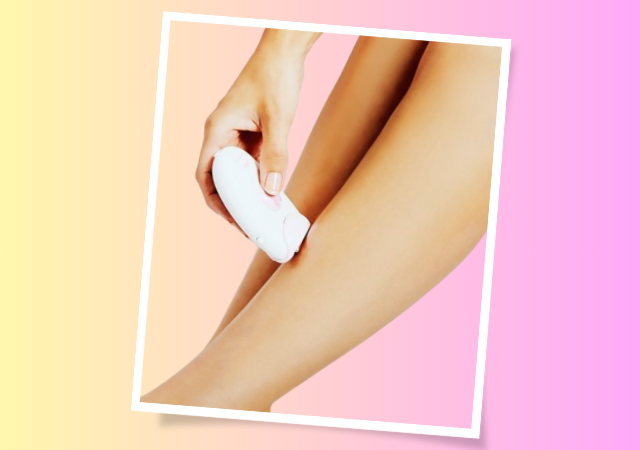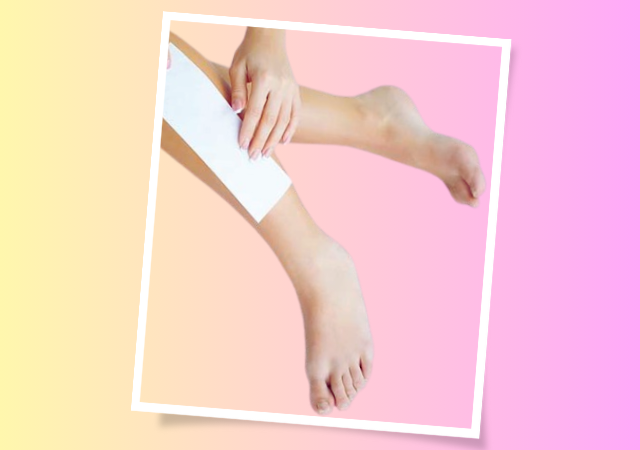Epilator vs. Waxing: Which Is The Better Hair Removal Method?
Introduction
In the quest for smooth, hair-free skin, individuals often find themselves faced with the dilemma of choosing the most effective hair removal method. Two popular contenders in this arena are epilators and waxing, each offering distinct advantages and considerations. This article delves into the age-old debate of “Epilator vs. Waxing: Which Is the Better Hair Removal Method?” Providing a comprehensive exploration of both techniques, we aim to equip readers with the insights necessary to make an informed choice. From understanding the mechanisms behind epilators to unraveling the intricacies of various waxing methods, we will analyze factors such as pain, efficiency, and skin sensitivity.
As we navigate through the nuances of these hair removal approaches, readers will gain valuable insights to guide them in selecting the method that aligns seamlessly with their preferences and individual needs.
Epilator vs. Waxing: Navigating the Choices for Effective Hair Removal
Understanding Epilators:

Epilators are mechanical devices designed to remove hair from the root using a series of tweezers. They come in various types, including mechanical, rotating, and tweezer-based models. The appeal of epilators lies in their ability to provide long-lasting results, convenience, and cost-effectiveness over time. The mechanism involves grasping multiple hairs simultaneously, swiftly pulling them out in one motion. While some users may find the process uncomfortable, the benefits often outweigh the momentary discomfort.
Examining Waxing:

Waxing, a traditional hair removal method, involves applying a wax substance to the skin, which adheres to the hair. Upon removal, the wax pulls the hair out from the root, leaving the skin smooth. There are different waxing methods, including hot wax, cold wax, and sugaring. Waxing offers the advantage of smooth and long-lasting results, slower hair regrowth compared to shaving, and suitability for various body parts. However, the process is not without its challenges, as it can be associated with pain during and after the procedure.
Comparison of Epilators and Waxing:

- Pain and Discomfort: Both epilators and waxing involve some level of discomfort. Epilators, with their tweezing action, can cause a momentary stinging sensation as multiple hairs are plucked simultaneously. On the other hand, waxing, especially for first-time users, can be associated with a more intense pain as the wax is pulled off, taking hair along with it. The pain factor is subjective and varies among individuals based on their pain tolerance.
- Efficiency in Hair Removal: Epilators are known for their efficiency in removing hair from the root, resulting in smooth skin that lasts for weeks. The process is relatively quick, making it suitable for those with busy schedules. Waxing, while also effective, may require more time, especially when considering the application and removal of the wax. The effectiveness of both methods can be influenced by the type and thickness of hair.
- Skin Sensitivity and Potential Side Effects: Epilators can sometimes lead to skin irritation and redness, particularly for individuals with sensitive skin. However, proper preparation and aftercare can help minimize these side effects. Waxing, depending on the method used, can also cause skin reactions, including redness, inflammation, or ingrown hairs. The risk of side effects in both methods can be mitigated with proper technique and suitable aftercare practices.
Factors Influencing the Choice:
Several factors play a pivotal role in determining whether epilators or waxing is the better hair removal method for an individual:
- Personal Pain Tolerance: Individuals with higher pain tolerance may find both epilators and waxing more manageable. However, those with lower pain thresholds may prefer one method over the other based on their comfort level.
- Hair Type and Thickness: The type and thickness of hair can influence the efficacy of both epilators and waxing. Coarser hair may be more effectively removed with certain waxing methods, while fine hair may be efficiently handled by epilators.
- Desired Results and Longevity: Consideration of how long one desires to remain hair-free is crucial. Epilators offer longer-lasting results compared to waxing, making them suitable for those looking for extended periods between sessions.
- Convenience and Time Considerations: Epilators are known for their convenience and can be used at home, eliminating the need for salon appointments. Waxing, while possible at home, is often associated with salon visits, and the process may take longer.
- Budget Constraints: Cost considerations are essential, especially for those on a budget. While the initial investment for an epilator may be higher, its long-term cost-effectiveness may outweigh the recurring expenses associated with regular waxing appointments.
Tips for Effective Epilation and Waxing:
Regardless of the chosen method, certain tips can enhance the effectiveness and minimize potential side effects:
- Preparing the Skin: Exfoliate the skin before both epilation and waxing to remove dead skin cells and prevent ingrown hairs. Avoid applying lotions or oils on the day of the procedure to ensure better product adherence.
- Choosing the Right Products and Equipment: Use high-quality epilators and waxes suited to individual skin types. Consider patch testing to ensure compatibility and reduce the risk of adverse reactions.
- Aftercare: Moisturize the skin after epilation or waxing to soothe and hydrate. Avoid sun exposure and tight clothing to minimize irritation. Regular exfoliation can also prevent ingrown hairs.
Conclusion
In the perennial debate of “Epilator vs. Waxing: Which Is the Better Hair Removal Method?” the choice ultimately boils down to individual preferences and needs. Epilators, with their swift tweezing action, offer long-lasting results, convenience, and cost-effectiveness. Waxing, a traditional yet effective method, ensures smooth skin but may involve more time and occasional discomfort. Factors such as pain tolerance, hair type, desired results, and budget constraints play a crucial role in decision-making. Whether opting for the efficiency of epilators or the time-tested allure of waxing, proper technique and aftercare are key to achieving optimal results and skin health.

My name is Rohit Vagh and I’m a content writer specializing in fashion and lifestyle. I have three years of experience in this field and have written various articles. My writing style is creative and engaging, and I strive to create content that resonates with my readers. I have a deep passion for fashion and am constantly researching the latest trends and styles to make sure my readers are up to date. I’m excited to continue my career in blogging, and I’m always looking for new opportunities in the fashion and lifestyle space.





